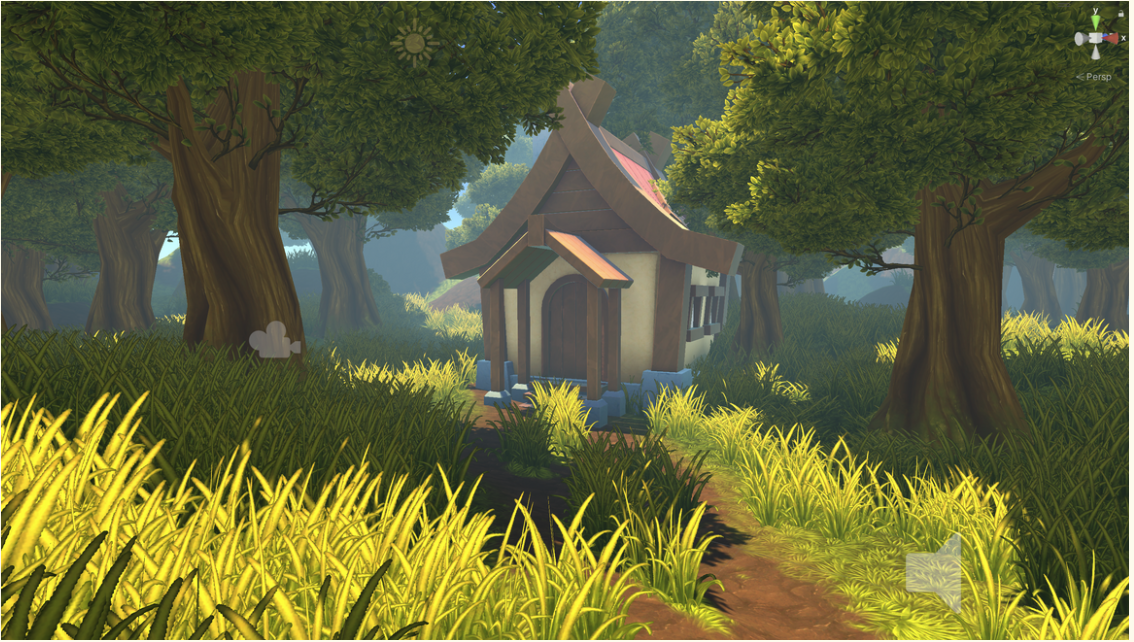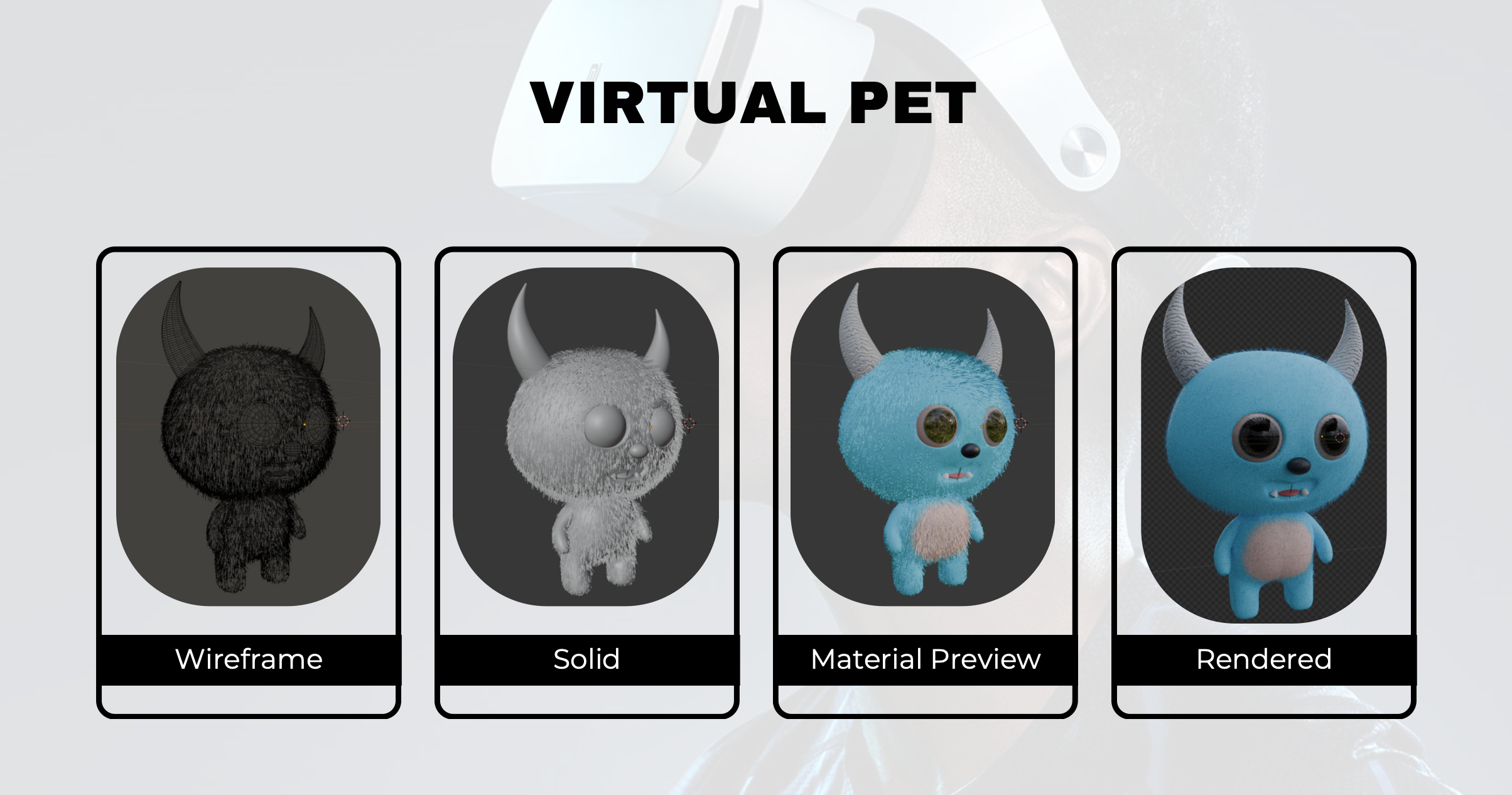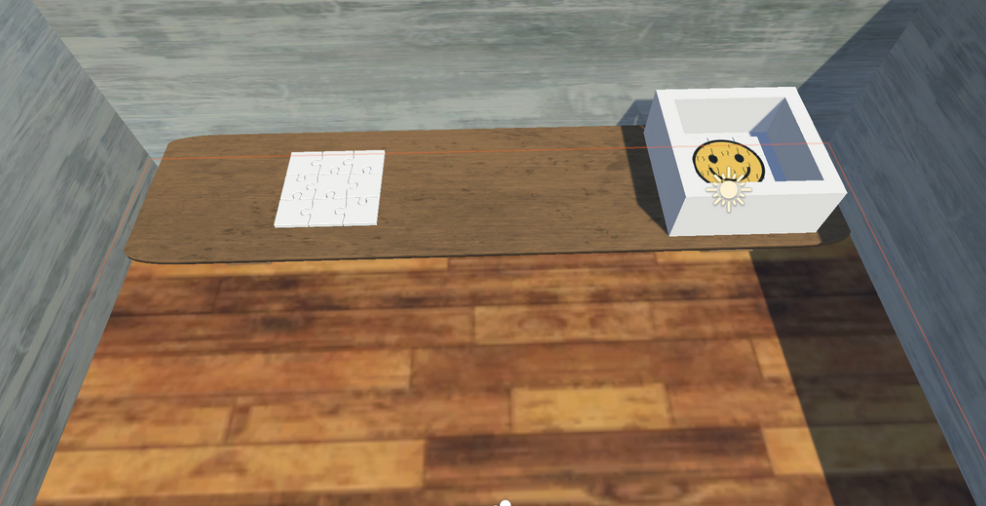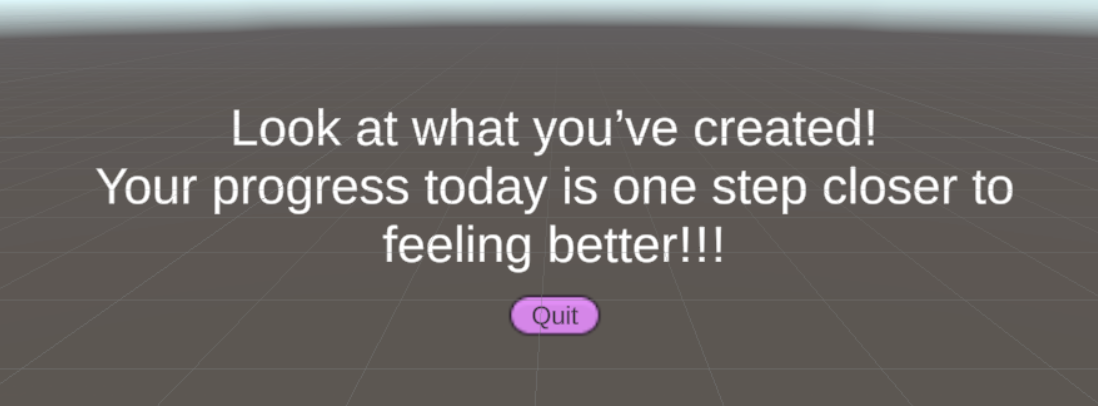Authors: Jiwon Kang & Sara Naranjo
Project Type: VR-Based Mental Health Therapy
1. Introduction
VR-based gamified therapy environment is design to help users regulate their emotions in a relaxing and interactive way. This project aims to provide small, rewarding tasks in a virtual environment to promote healthy routines and stress relief.
2. Why VR Therapy?
- Challenges in traditional treatments: Long wait times, high costs, and social stigma.
- Global mental health crisis: Growing concerns across different age groups.
- VR as a solution: Accessible, engaging, and low-pressure alternative to conventional therapy.
3. Project Concept
The core idea is a peaceful VR therapy environment set in a forest cabin. Users engage in simple but meaningful activities to promote:
- Self-care
- Stress relief
- Positive emotional regulation
🔑 Key Features
- Non-pressured therapeutic experience
- Personalized goals
- Relaxing interactions with game elements
4. Virtual World: A Cozy Forest Cabin
- Serene Environment: Birds chirping, gentle wind sounds.
- Decor evolves based on progress: A dynamic, ever-changing space.

Forest & Cabin
5. Virtual Pet
- Designed to provide companionship & emotional support.
- 3D Modeled in Blender with realistic textures and animations.
- Integrated into Unity for interaction with users.

Virtual Pet
6. Therapeutic Mini-Games
6-1. Puzzle Game
How it works:
1️⃣ Pick up a box and flip it to spill puzzle pieces.
2️⃣ Place each piece in the correct location.
3️⃣ Completing the puzzle triggers visual rewards & positive feedback.

Puzzle Game

Puzzle

Positive feedback
6-2. Leaf Catcher VR Game
- Players catch falling leaves using VR-controlled baskets.
- Encourages mindfulness and engagement through simple mechanics.
- Developed using Blender & Unity, with physics-based interactions.
7. Key Features of the VR App
| Feature | Description |
|---|---|
| Personalized Goals | Users set and achieve small goals. |
| Non-Punitive Approach | No negative feedback for failure. |
| Dynamic Feedback | Virtual pet’s behavior updates instantly based on user actions. |
8. Results & Future Improvements
🔴 Challenges Faced
- VR Gesture Tracking Issues → Need to improve controller input accuracy.
- Virtual Pet Emotional Responses → Implementing mood-based behavior changes.
9. Conclusion
This project successfully integrates VR therapy and gamification to provide an accessible and engaging mental health support system. This project opens doors for future developments in digital mental health interventions.